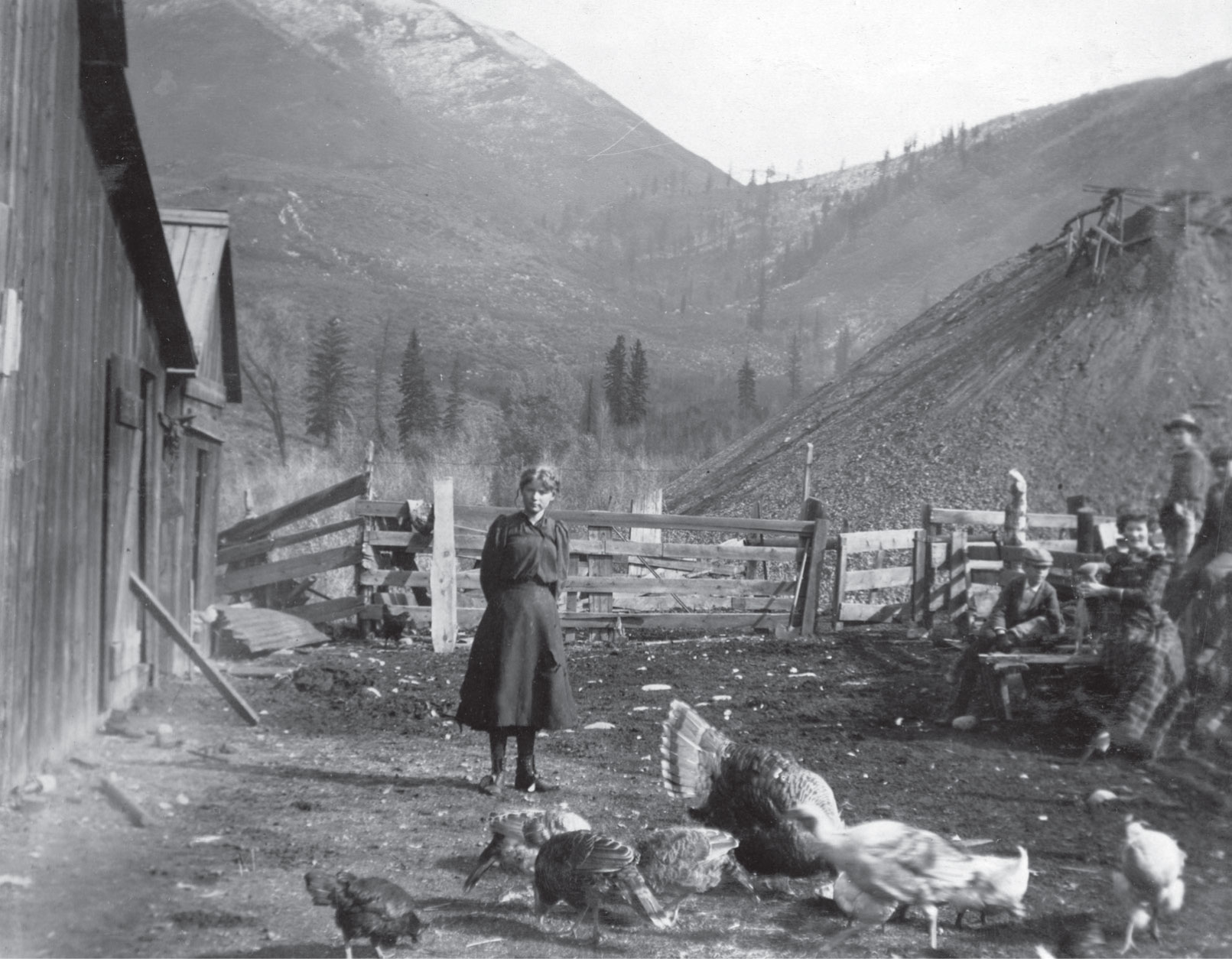Targeting Turkeys
Roaring Fork Valley Residents Depended on Poultry for Winter Meals
Being a turkey anywhere during the Thanksgiving season is a tough gig, and Aspen is no exception.
Back in the day, when just about every animal was raised in the barnyard—cage-free, so to speak—turkeys spent a good bit of time outside, as pictured here. At least they weren’t cooped up all the time. Of course, that meant a certain level of exposure to predators and the elements.
That includes the human element. One may understand the term “turkey shoot” to mean easily taking advantage of another person or group, but it also refers to a popular shooting contest in Aspen for the first half of the 20th century. Participants would aim shotguns at paper targets and the best marksmen would go home with a turkey as a prize.
Turkey shoots were popular at the Williams’ Ranch in what is now Snowmass Village, according to newspaper reports from the early 1900s.
“It was nothing but fun from that time until dark when start for home was made,” writes one editor in the Aspen Democrat-Times in December 1913. “The turks won by the Aspen contingent came up on this morning’s Rio Grande—twenty-five … and next Thursday, these poor birds will be no more.”
Those fowl may have been arriving by train via the Rio Grande Railroad, but the writer didn’t hesitate to praise his neighbors, and himself, for their good aim at the turkey shoot.
The tradition continued for many more decades. Historic images show people with shotguns and rifles at a snow-covered turkey shoot at the Aspen Airport Business Center in the late 1950s.
Many families around Aspen raised their own turkeys, along with chickens, geese and ducks. While it was common to use eggs and milk to trade services with neighbors, at least one woman, Agnes Jurick McLaren’s mother, actually traded turkeys for her medical services, according to a research paper written by Anne M. Gilbert for the Aspen Historical Society.
Just like small-production gardens, tending livestock and poultry was a way to sustain life in a rural region. Newspaper advertisements in the early 1900s highlighted “corn-fed and country-bred” turkeys, much as farmers and ranchers today pride themselves on locally raised chickens.
Turkey shoots and turkey rolls—bingo for turkeys, hosted by the Elks Club—continued into the 1960s. In the modern era, those looking to shoot a turkey for Thanksgiving or any other meal must enter a lottery for the limited number of licenses issued each fall. Then they have to go out and find the birds in the wild, which requires patience and aim. Turkeys around here, you might say, never had it better.
Edible Traditions is produced by the Aspen Historical Society. For access to the full online archives, including more than 10,000 historic images, visit AspenHistory.org or call 970.925.3721.





